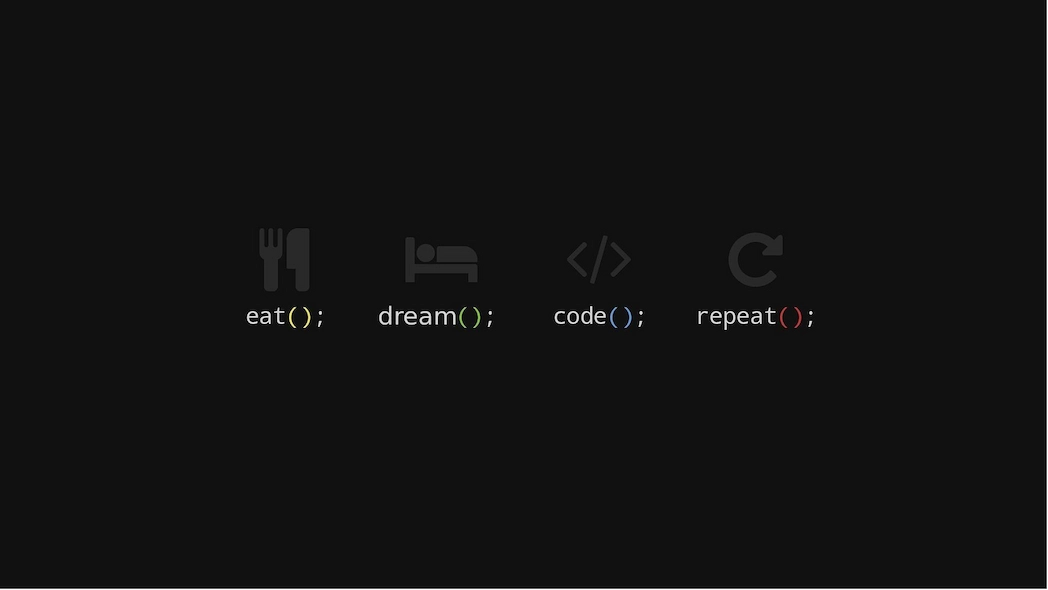


A Web API (Application Programming Interface) is a collection of rules and protocols that allow different software applications to communicate and interact with each other over the internet. It enables developers to access the functionality or data of a remote application, service, or platform, often to integrate it into their own applications.
Web APIs follow a client-server architecture, where the client (usually a software application) makes requests to the server (the remote application or service) using HTTP (Hypertext Transfer Protocol) or other communication protocols. The server processes these requests and sends back responses containing the requested data or performing a specific action.
Web APIs are commonly used for a variety of purposes, including:
Accessing Remote Services: Developers can use APIs to access services provided by third-party platforms, such as social media platforms (e.g., Twitter, Facebook), payment gateways (e.g., PayPal), mapping services (e.g., Google Maps), and more.
Data Retrieval: APIs can be used to retrieve specific data, such as weather information, stock prices, or news articles, from remote sources.
Integration: APIs enable different software applications to integrate and work together. For example, a mobile app might use APIs to interact with a server, which stores and processes data.
Automation: APIs can be used to automate tasks or perform actions on remote systems, such as sending emails, posting to social media, or managing cloud resources.
Customization and Extension: Some applications provide APIs to allow developers to extend or customize their functionality. For instance, content management systems might offer APIs to create custom plugins or themes.
Cross-Platform Development: APIs enable developers to build applications that can work on multiple platforms (web, mobile, desktop) while sharing common functionality.
To use a Web API, developers typically need to obtain an API key or token, which acts as a form of authentication and helps track usage. The API documentation provides details on the available endpoints, request and response formats, authentication methods, rate limits, and other relevant information.
Overall, Web APIs play a crucial role in modern software development by facilitating interoperability between different systems and enabling the creation of innovative and integrated applications.
REST stands for "Representational State Transfer" and is an architectural style or approach for developing distributed systems, particularly for web-based applications. It was originally described by Roy Fielding in his dissertation in 2000 and has since become one of the most widely used approaches for designing APIs (Application Programming Interfaces) on the web.
REST is based on several core principles:
Resources: Everything in a REST system is considered a resource, whether it's a file, a record, a service, or something else. Resources are identified using unique URLs (Uniform Resource Locators).
Statelessness: Each client request to the server should contain all the information necessary for processing that request. The server should not store information about previous requests or client states.
CRUD Operations (Create, Read, Update, Delete): REST systems often use HTTP methods to perform operations on resources. For example, creating a new resource corresponds to the HTTP "POST" method, reading a resource corresponds to the "GET" method, updating a resource corresponds to the "PUT" or "PATCH" method, and deleting a resource corresponds to the "DELETE" method.
Uniform Interface: REST defines a consistent and uniform interface that clients use to access and interact with resources. This interface should be well-defined and clear.
Client-Server Architecture: REST promotes the separation of the client and server. The client is responsible for the user interface and user interaction, while the server is responsible for storing and managing resources.
Cacheability: REST supports caching, which can improve system performance and scalability. Servers can indicate in HTTP responses whether a response can be cached and for how long it is valid.
REST is widely used and is often employed to develop web APIs that can be utilized by various applications. API endpoints are addressed using URLs, and data is often exchanged in the JSON format. It's important to note that REST does not have strict rules but rather principles and concepts that developers can interpret and implement.